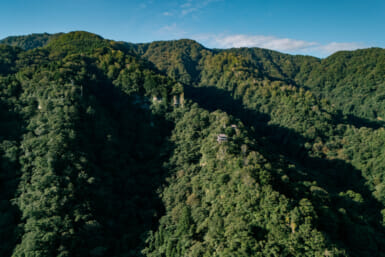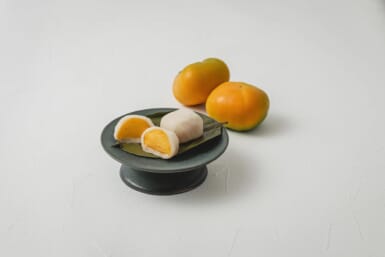The Aichi Triennale will be held in Nagoya
Next in the list of places I likely won’t be visiting, but will certainly try if I get the time, is the Aichi Triennale — the latest in the explosion of art festivals throughout Asia all hoping to make a mark for themselves.
It seems that the appetite for biennial and triennial art exhibitions knows no bounds. From the Yokohama event that started in 2001, to the older events in Gwangju and Shanghai, it seems every local government wants to seize the opportunity to make a little money from art.
The theme for the Nagoya-based festival is “Art and Cities” — less than a cutting-edge notion, perhaps. Art has been a largely urban practice for a long time, and with populations in developed nations becoming increasingly urban, it doesn’t look likely to change. The real translation for this, of course, is “Art in our city” with the Triennale attempting to bring visitors to as much of Nagoya as possible. This isn’t all bad, of course. And, while it is focused on the visual arts, there will also be related performance and music aspects around the city.
I’m not usually one to highlight works I haven’t seen yet, but there are certainly a few that I would look forward to if I were going. But then half the joy of attending a show like this are its inevitable unexpected surprises:
Cai Guo-Qiang is likely better known as “that fireworks guy” — with the exception of Michael Bay and the crew of Mythbusters, no one likes to blow stuff up more than Cai. The Chinese artist mainly uses gunpowder and fireworks for both performances and permanent works, and one method involves “painting” with gunpowder, then lighting it in order to burn the image into the paper. He’s doing a large scale work of this kind for the Triennale, and with any luck there will be video of its creation.
While there is no official word on what Austrian art group Gelitin have on display, frankly, after the astonishing-but-clever Klunck buddhism — an installation in which the members used live naked bodies as the stones in a recreation of the famous Ryoanji zen rock-garden — it doesn’t matter. You know it’s going to be worth finding out.
Lieko Shiga has been a favourite photographer of mine for some time now, and is also, as it turns out, a native of the Aichi area. Her work is conceptual in approach, yet unrelentingly strange in execution. Whether or not she gets any special treatment here remains to be seen, but she certainly deserves it.
And a few others: there is Ryoji Ikeda, the composer-cum-artist that has proven himself a genius at sight-and-sound installations over the past few years. Shiro Matsui will create a kind of balloon-like architectural space. Aiko Miyanaga works with perishable materials such as naphthalene to create sculptures that slowly disappear over days. Shimabuku once filmed potatoes bobbing along underwater beside curious fish in his Fish and Chips work, and seems to specialize in doing the unexpected.
And then there’s Yayoi Kusama, doing her Yayoi Kusama thing.
There are, of course, dozens of others. This is the opening of what organizers hope will remain one of the largest such shows in Japan. So seeing what kind of a start they get off to would be very worth the price of a shinkansen ticket. The show runs until the end of October, and, heck…Nagoya isn’t that far. Make the time.
Then you can tell me about it.









